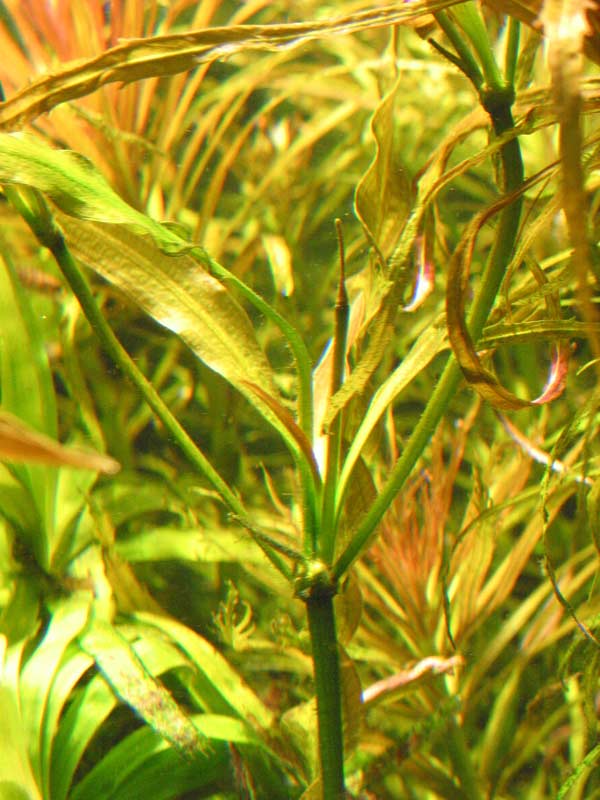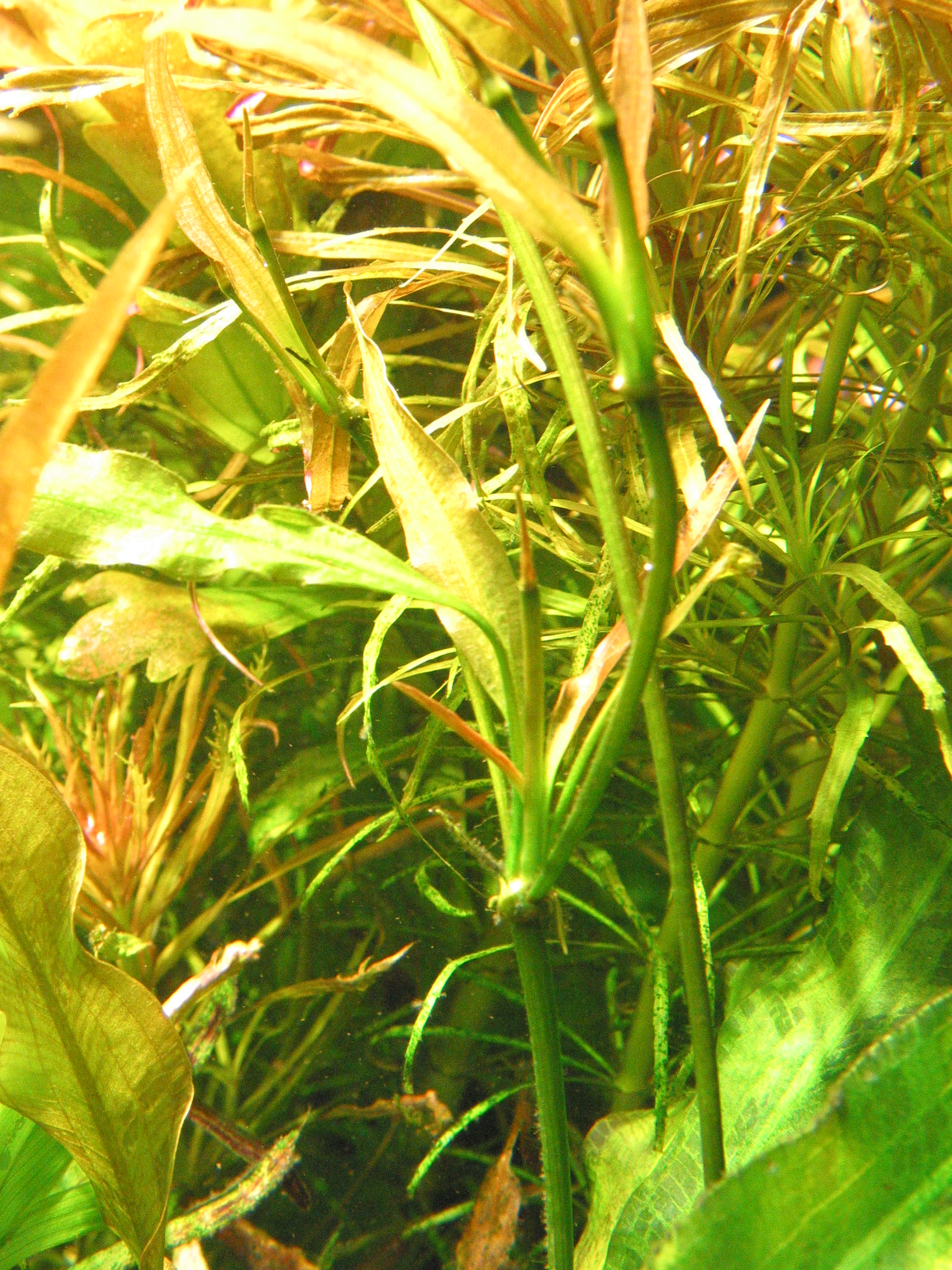Aponogeton undulatus
Most water lilies are difficult to propagate. A. undulatus is an exception.
Blog Aponogeton, Wasserähre, vivipar, lebendgebährend, undulatus
The "viviparous" water hawthorns
Most water spikes are difficult to propagate. Exceptions are Aponogeton crispus (here seed propagation is quite easy as it is self-fertile), A. rigidifolius (the only water spike without a tuber, whose rhizome branches vigorously) and A. undulatus. A. undulatus forms daughter plants on transformed flower stems that do not reach the surface, which quickly form a small tuber and can be separated and planted once they have formed 4 - 5 leaves.
Further smaller flower stalks are often formed directly on the first bulb, which in turn form small brood bulbs, which in turn form a small flower stalk that...
...until real "panicles" of brood tubers have formed. If you have no buyers for the many young plants, it is better to remove the flower stalks after a while, as all the young plants can shade the mother plant quite strongly and thus weaken it.
"Real" flowers that break through the water surface and form the flower spikes typical of Aponogeton , on the other hand, are formed quite rarely, but occasionally occur on vigorous plants. Sometimes even "brood flowers" and "true" flowers occur simultaneously on one plant, as happened some time ago in my tank.




